Researchers from the University of Queensland (UQ) and Brisbane-based Graphene Manufacturing Group (GMG) are teaming up to develop faster-charging, more sustainable battery prototypes with lifespans three times the length of current lithium-ion batteries.
GMG, which was recently listed on the TSX Venture Exchange in Canada, has reached a research agreement with scientists from UQ’s Australian Institute for Bioengineering and Nanotechnology (AIBN) to build batteries for anything from watches to grid storage and everything in between, including phones, laptops, and electric vehicles (EVs).
The UQ technology, which sees an aluminium ion battery paired with graphene electrodes, was designed by Prof Michael Yu, Xiaodan Huang and postdoctoral student Yueqi Kong as a way to make graphene into more efficient electrodes for powering batteries. The technology has already been patented and licensed by UQ commercialisation company, UniQuest.
Graphene
Graphene is the wonder material of the age, both the thinnest and strongest material known to science, and, if that wasn’t enough, it is also a great conductor of electricity, better even than copper. Or at least, it would be the wonder material of the age if the so-called ‘Graphene Revolution’ promised less and delivered more.
It was over a decade ago that scientists from the University of Manchester won the Nobel Prize for Physics thanks to some bog-standard sticky tape which proved to be the breakthrough in extracting graphene from everyday graphite.
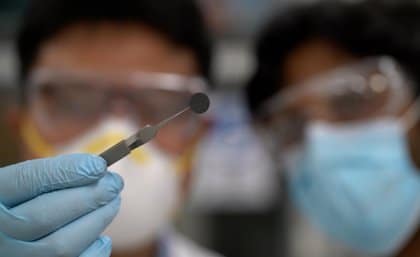
In essence, graphene is just good old carbon, but it is tessellated in such a way to produce a bogglingly strong bond between atoms. Of course, like anything with so much promise and hype, the ‘Graphene Revolution’ has taken longer than expected, but that is only because people don’t have much patience for the things they’ve been promised, especially when it is something as potentially ubiquitous as graphene.
Nevertheless, UQ and GMG are not the only parties making progress. In March, scientists at China’s Dalian University of Technology and the University of Nebraska in the United States collaborated to fabricate a battery consisting of a pure aluminium anode, a graphene cathode, and an organic electrolyte. The batteries are described in the paper Ultra-fast charging in aluminium-ion batteries: electric double layers on active anode, published in Nature Communications.
And back in 2019, scientists at the Royal Melbourne Institute of Technology (RMIT) demonstrated a laser printing process that enables graphene supercapacitors to be embedded directly onto textiles, creating a fabric that can store energy and be integrated with a solar cell and used to power smart fabric applications.
Graphene battery technology
“Testing showed rechargeable graphene aluminium ion batteries had a battery life of up to three times that of current leading lithium-ion batteries,” said AIBN Director Professor Alan Rowan, “and higher power density meant they charged up to 70 times faster.”
AIBN has been working hard on the technology for several years, and the research team is excited to be shifting into a commercial prototype development stage, especially as the promise on the cards is more efficient and greener batteries.
“The batteries are rechargeable for a larger number of cycles without deteriorating performance and are easier to recycle,” continued Rowan, “reducing potential for harmful metals to leak into the environment.”
UniQuest CEO Dean Moss believes aluminium ion batteries with graphene electrodes “could transform the existing rechargeable battery market. Lithium-ion batteries demand the extraction of rare earth materials using large amounts of water and are processed with chemicals that can potentially harm the environment.”
GMG CEO Craig Nicol agrees, noting that the possibility for the energy storage market included far-reaching benefits in safety, efficiency, sustainability, and an ability “to use local raw materials to manufacture battery cells at a competitive cost to replace imported lithium-ion cells is a massive opportunity for GMG and Australia to reduce supply chain risks and create local jobs.”
UQ scientists were awarded a $390,000 grant over three years from the Australian Research Council’s Linkage Project in 2020 to develop graphene aluminium ion technology.
This content is protected by copyright and may not be reused. If you want to cooperate with us and would like to reuse some of our content, please contact: editors@pv-magazine.com.
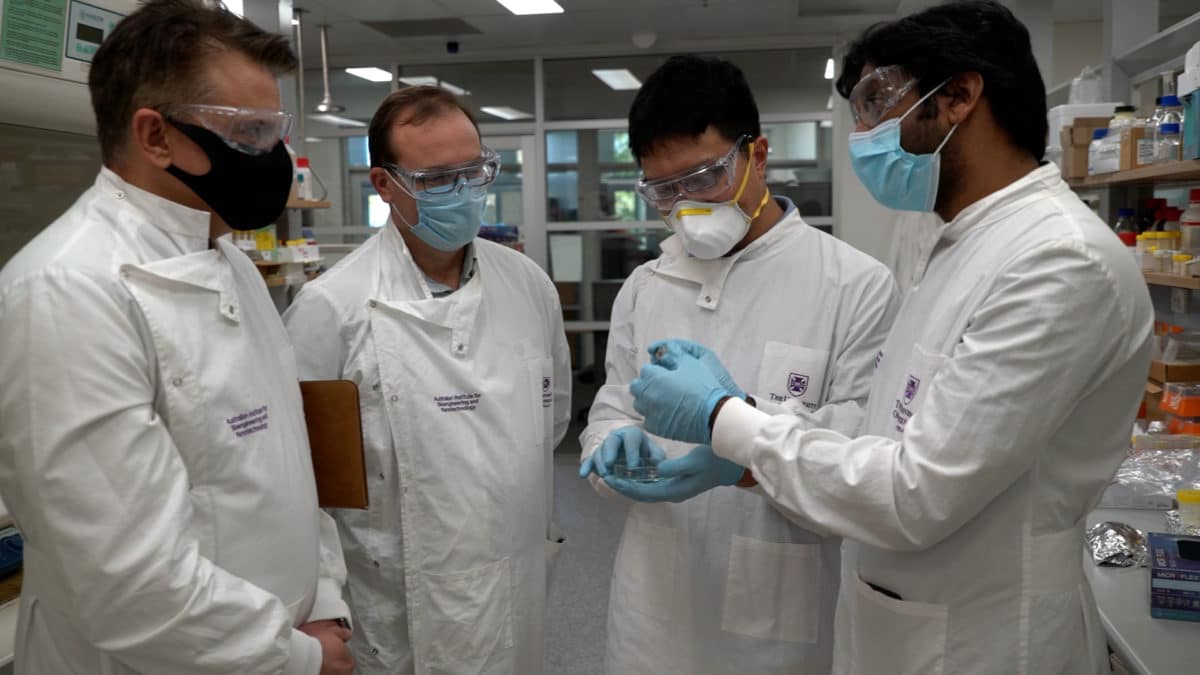
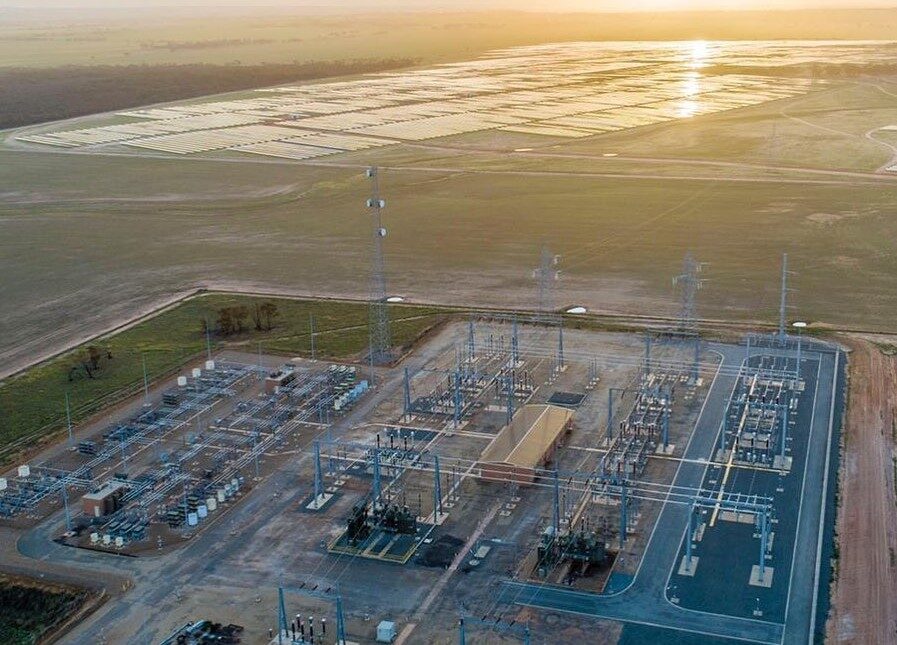


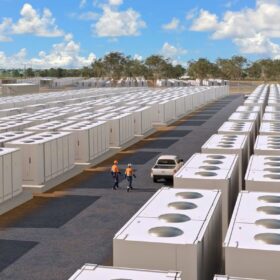
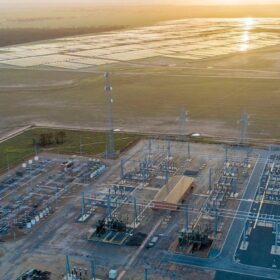



3 comments
By submitting this form you agree to pv magazine using your data for the purposes of publishing your comment.
Your personal data will only be disclosed or otherwise transmitted to third parties for the purposes of spam filtering or if this is necessary for technical maintenance of the website. Any other transfer to third parties will not take place unless this is justified on the basis of applicable data protection regulations or if pv magazine is legally obliged to do so.
You may revoke this consent at any time with effect for the future, in which case your personal data will be deleted immediately. Otherwise, your data will be deleted if pv magazine has processed your request or the purpose of data storage is fulfilled.
Further information on data privacy can be found in our Data Protection Policy.